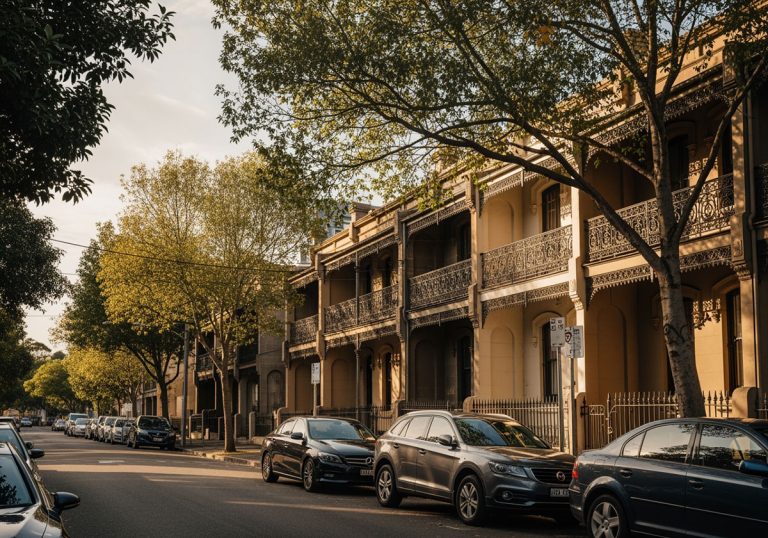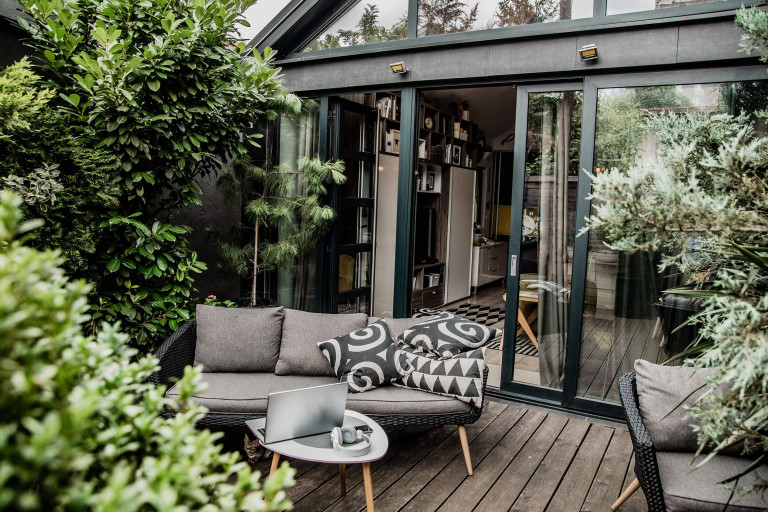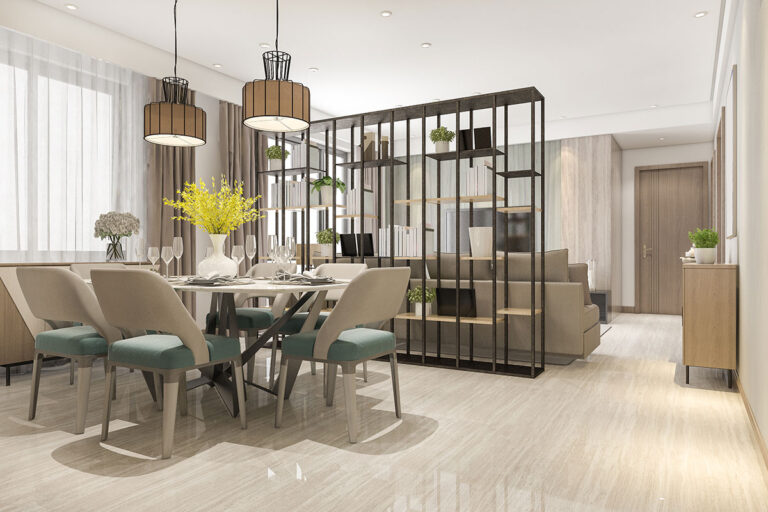Sydney is experiencing a significant transformation in its approach to residential density and urban development, with new government-led rezoning proposals and council-level initiatives promising far-reaching impact. In particular, the Inner West has become a focal point for both state-driven reforms and local alternatives, meaning property buyers and owners must keep a close eye on the evolving landscape. In this article, we examine the key proposals under the NSW Government’s Transport Oriented Development (TOD) Program, assess the Inner West Fairer Future Plan, and consider what these changes mean for property stakeholders across Inner Sydney.
The NSW Government’s Transport Oriented Development (TOD) Proposals
The NSW Government has formally identified eight priority high-growth “Accelerated Precincts” near transport hubs across Sydney. The objective is to rapidly increase housing supply by rezoning these areas for medium and high-density development within walking distance of major stations. Over the next 15 years, these changes are expected to yield nearly 60,000 new dwellings, fundamentally altering the urban fabric in affected locations. These precincts are:
- Bankstown
- Bays West (encompassing White Bay, Glebe Island and Rozelle Bay here in the Inner West)
- Bella Vista
- Crows Nest
- Homebush
- Hornsby
- Kellyville
- Macquarie Park
To underpin this growth, the government has committed $520 million for community infrastructure, which includes road upgrades, improved active transport links, and enhanced public spaces. Importantly, rezoning for seven of the targeted precincts is already finalised, while public exhibition for the Bays West precinct is expected before the end of 2025. These changes will streamline development assessment, ensuring faster approval and commencement of projects, while also providing exemptions from traditional design competitions to promote expediency in housing delivery.
A further critical element of the TOD Program is the introduction of new planning controls within 400 metres of 37 selected metro and rail stations across Sydney. These controls seek to foster sustainable, mixed-use neighbourhoods by pushing for mid-rise and high-rise apartment blocks in close proximity to public transport infrastructure. This focus on “vertical communities” is designed to promote walkability, reduce private vehicle use, and create vibrant urban hubs where daily needs are met with ease.
Key Suburbs Flagged for Growth
On the list of 37 locations are these Inner West suburbs:
- Ashfield
- Croydon
- Dulwich Hill
- Marrickville
- North Strathfield
Each of these areas is set to undergo significant uplift, with the Inner West corridor—already known for its mix of heritage and amenity—effectively earmarked for significant densification. Prospective buyers and property owners in these locations should anticipate changes both in built form and demographic profile over the coming years as new development projects take shape.
The Inner West Fairer Future Plan: A Local Response
Amidst the broader state reforms, the Inner West Council has crafted its own distinct approach, encapsulated in the “Our Fairer Future Plan”. This strategy aims to target new housing around established town centres and public transport nodes, with the goal of revitalising shopping and entertainment precincts while maintaining the area’s cherished character.
The plan directly responds to concerns that a “one-size-fits-all” approach from state government could undermine the unique appeal of Inner West communities. Developed with input from architectural experts and after extensive community consultation (over 3,000 submissions), the plan is designed to:
- Enable more diverse housing options, including family-friendly apartments and affordable dwellings.
- Enhance walkability and vibrancy in established precincts.
- Preserve historical and architectural character, ensuring new growth respects existing identity.
Unlike the broader state reforms, the Fairer Future Plan is pitched as a bespoke alternative, guided by local expertise and tailored to the nuanced needs of Inner West residents.
Parramatta Road Rezoning/ Urban Transformative Strategy
The Parramatta Road Corridor Urban Transformation Strategy is a long-term planning document first adopted in 2016 which aims to regenerate Parramatta Road as a transport corridor.
Key points are:
- It covers the length of Parramatta Road from Granville through to Camperdown.
- The corridor includes land one block back from the road, and also eight growth precincts, several of them fully or partly in the Inner West (Camperdown, Leichhardt, Taverners Hill, Kings Bay/Croydon)
- The strategy proposes planning controls and rezonings to allow more housing, better transport, improved public amenity and open space.
Very recently, there has been a formal agreement as follows:
- On 14 September 2025, the NSW Government (Minns Labor) announced a partnership with Inner West Council to rezone part of Parramatta Road (within the Inner West LGA) to allow for 8,000 new homes.
- The section of road in question is from Foster Street in Leichhardt to Booth Street in Camperdown.
- The rezoning process will include examining:
• affordable housing components
• active transport connections (walking / cycling etc)
• new open space
• retail & commercial opportunities
• improvements to the public domain (streetscape, amenity etc) - Importantly, no compulsory acquisitions are proposed as part of this rezoning.
- The process is expected to take about 12-18 months (from announcement) including community consultation and setting new planning controls (e.g. height limits, development controls).
Opposition and Community Sentiment
Support for increased density in the Inner West is far from universal. There exists a strong groundswell of community opposition, especially among long-term residents concerned about the loss of neighbourhood character, strains on local infrastructure, and the real impact of new developments on affordability and liveability. Recent council forums have been marked by robust debate, with residents voicing concerns about traffic congestion, overshadowing, and the adequacy of planned open space.
It is important for property buyers to recognise that while additional housing may ease upward pressure on prices in the long term, there is also a risk of localised volatility as established communities adjust to the presence of larger-scale apartment buildings and a more transient population. Stakeholder engagement will remain critical as the Fairer Future Plan moves through its approval stages, with multiple public consultation events scheduled in advance of the final council decision due on Tuesday, September 30, 2025.
What These Changes Mean for Property Owners and Buyers
For property buyers considering Inner Sydney, particularly Inner West suburbs, recent rezoning initiatives represent both a risk and an opportunity. The main considerations are as follows:
- Potential for Capital Growth: New planning controls and increased development potential typically drive uplifts in land value, particularly for properties within new medium and high-density zones. Astute buyers may benefit from purchasing before new controls are fully priced into the market.
- Changing Streetscapes: Existing houses in targeted precincts may experience changes in outlook and amenity as larger developments take shape. This could affect owner occupiers’ liveability, but it may also attract interest from developers seeking consolidation opportunities.
- Rental Market Dynamics: The addition of substantial new stock is likely to moderate rental growth over time, making some areas more attractive for long-term tenants, yet diminishing returns for existing investors used to relatively tight supply.
- Community and Character Considerations: Buyers seeking a traditional Inner West neighbourhood experience should be mindful that some areas will see more dramatic transition than others, especially those closest to rail and metro stations under the new TOD regime.
The Role of Buyers’ Agents in a Changing Landscape
Navigating these changes will require both detailed local knowledge and a broad understanding of Sydney’s evolving planning framework. Buyers’ agents are uniquely positioned to interpret zoning amendments, identify areas of upside potential, and negotiate purchases in a fast-moving market.
- We conduct due diligence on zoning controls relating to specific lots and advise clients on the likely trajectory of their preferred suburbs.
- We monitor council and government policy developments to ensure buyers act on the best available information, ahead of the wider market.
- We advocate for our clients during negotiation, leveraging our network to access off-market opportunities that may have significant upside under new density controls.
Conclusion
Inner Sydney is on the cusp of substantial change, shaped by both state-level density targets and sophisticated local responses such as the Inner West Fairer Future Plan. For buyers, owners, and investors, the coming years will bring expanded choice and new forms of community, but also increased complexity. The support of a knowledgeable buyer’s agent is essential to navigate these transitions and capitalise on new opportunities in an evolving urban landscape.



